The advent of robotics means warehouse workers can spend less time walking and more time picking or serving customers, deployments...
The advent of robotics means warehouse workers can spend less time walking and more time picking or serving customers, deployments show. It’s also creating opportunities for workers to manage and “train” the new equipment.
![]()
Warehouses have been quietly incorporating robots into their material handling operations for years, but that trend has shifted into high gear over the past 18 months thanks to soaring e-commerce demand and widespread labor shortages during the pandemic.
That demand isn’t expected to level off anytime soon. The market advisory firm ABI Researchpredicts that shipments of mobile robots to warehouses worldwidewill experience a compound annual growth rate (CAGR) of almost 40% from 2021 to 2030, and exceed 500,000 global shipments in 2030.
That surge of automation, in turn, will likely have ripple effects on the labor force, namely by rewriting job descriptions for many workers in the manufacturing, fulfillment, and retail sectors. Vendors say the fleets of robots rolling into DCs will not only speed up operations—particularly in areas that are experiencing acute labor shortages—but also create new job opportunities for workers who can manage, maintain, and “train” the automated equipment.
“As the shift toward robotics occurs with busier warehouses, manual workflows can be automated or workflows that have traditionally been carried out by highly specialized and inflexible machines could soon be carried out by robots that can be moved and retrained as needed,” Adhish Luitel, industry analyst for supply chain management and logistics at ABI Research, said in a release.
WORKING SMARTER AND FASTER
For example, in a move aimed at boosting productivity in its e-commerce fulfillment operations, the Seattle-based sporting goods retailer evo recently contracted with the supply chain software and solutions developer Körberand the AMR (autonomous mobile robot) maker Locus Roboticsto deploy a fleet of robots at its Sumner, Washington, distribution center.
Pandemic-driven jumps in demand, relentless peak-season surges, and a lack of temporary and seasonal workers were pushing the company to the limits of its capacity. But by incorporating Locus’s rolling robots into its workflow, the retailer eliminated workers’ unproductive walking time and reduced the need for physical labor, all while supporting Covid-related safety and social distancing protocols.
“The supply chain industry is dealing with multiple challenges, especially in times of disruption,” Bill Ryan, CEO Software North America for Körber Business Area Supply Chain, said in a release.“In today’s world with increasing complexity, we’re looking to technology to solve these problems. With the new AMR solution, which we were able to deploy with our partner in record time, evo is able to increase performance while providing a safe and smart working environment for the staff.”
ROBOTS THAT “THINK” FOR THEMSELVES
Another example of how robots are changing jobs in the material handling sector can be seen in the evolution of robotic training—that is, how people “train” bots to do certain jobs in the DC. Currently, most robots are programmed by people, who either write software code or who physically guide a robot’s arm to the correct position. But a new generation of robotic technology relies increasingly on artificial intelligence (AI) for direction, thereby freeing up workers to do other DC jobs entirely.
One example comes from the Japanese industrial robotics company Mujin Corp. The company, which recently picked Atlanta for the location of its first U.S. office, says its intelligent robot control technology allows robots to perform complex picking tasks without needing to be taught exactly how to move. Instead, they rely on a type of AI called “machine intelligence,” which is a fusion of real-time motion planning, perception, simulation, and control technologies.
Mujin’s customers begin by modeling the new environment and “setting” relationships between the robots and their target objects; the system then enables the robot to safely perform tasks by setting high-level goals without explicitly telling the robot where to go or how to move.
“Companies that want to automate mundane and repetitive material handling tasks face myriad challenges, from the high costs of developing solutions for their difficult applications to unscheduled downtime and reprogramming costs when things don’t go as planned or when robots must be reprogrammed due to a change in product or workflow,” Mujin CEO Ross Diankov saidin a release.“Mujin will bring a new wave of robotics technology to the U.S. market, with robots no longer needing to be taught how to move explicitly.”
UP FOR THE COUNT
A third example of how robotics are changing logistics workflows comes from Hy-Vee Inc., a Midwestern grocery store chain that recently deployed robots to cruise its stores’ aisles and autonomously conduct inventory counts.
As part of an effort to improve forecasting accuracy, optimize store layouts to boost sales, and avoid out-of-stocks, Hy-Vee is deploying the “Tally” robot model from Simbe Roboticsin five stores across Iowa, Nebraska, and Missouri. The Tally is designed to autonomously scan products on store shelves up to three times per day to ensure products are in stock, in the correct location, and correctly priced, according to the developer. By freeing workers from the need to take inventory counts, Simbe adds, the robots allow them to focus on more engaging tasks such as serving customers.
“The pandemic truly created a ‘new normal’ for grocery that has illuminated the need for a greater frequency and fidelity of in-store data,” Brad Bogolea, CEO and co-founder of Simbe,said in a release.“Hy-Vee is the perfect example of thoughtfully adopting technology to improve the store experience for both customers and their teams. As retailers face a growing number of considerations, Tally provides a cost-effective solution that ensures they can continue to provide excellent customer service and create a valuable, more enjoyable working environment for their employees.”



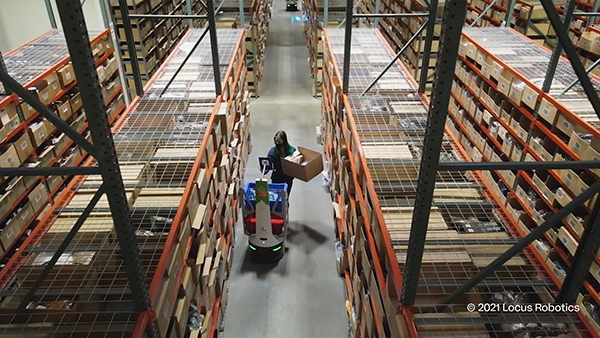
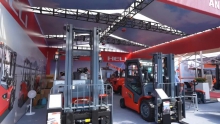
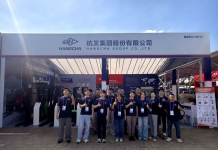


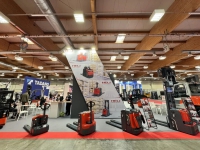
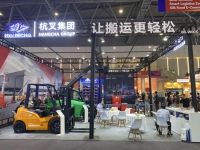

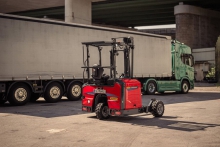
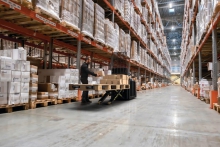
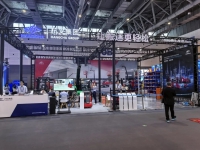


 粤公网安备 44010602003952号
粤公网安备 44010602003952号